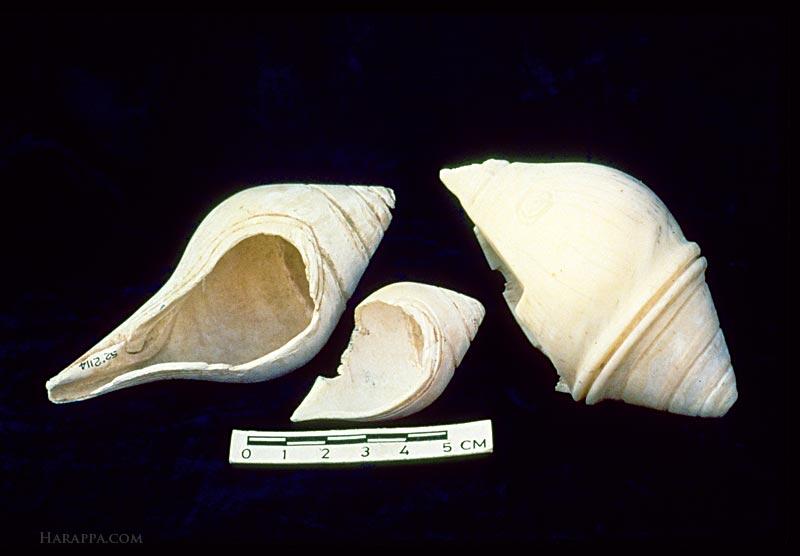A judicious review of the evidence for trade between the ancient Indus and Mesopotamia, with a focus on prestige objects like carnelian beads and shell bangles and the implications and questions to be drawn from them about the connections between both civilizations. On the one hand, the sophistication of Indus craftspeople emerges as something that the Mesopotamians seem to have acknowledged in their desire for some of these goods. At the same time, these kinds of crafts-intensive relationships probably involved kin networks (Indus traders of craftspeople in Mesopotamia, for which there is evidence), as well as taxation and credit systems to facilitate the exchange of goods. All this is tied to the rise of cities but, as Kenoyer writes, "while internal exchange was definitely an important factor in the emergence of Indus urban centers, there is no evidence that external exchange played a significant role in the rise of Indus cities" (p. 23). He also notes that "most of the discussion of Indus objects found in Mesopotamia has been undertaken at a superficial level. Except for the seals, there is little photographic documentation or detailed analysis of the many Harappan style objects found in Mesopotamia" (p. 24).
One of the most interesting thing in this paper is the inferences that can be drawn about people from objects. For example, after finding that a bangle found at Susa in ancient Mesopotamia was "in fact made from the Turbinella pyrum, a species found only along the Indus coast (i.e. the Makran coast west of Karachi and the Little Rann of Kutch and coastal Gujarat) and the waters of Southern India and Sri Lanka" (p. 24), Kenoyer speculates of this solitary example that "it was an ad hoc trade item or perhaps actually worn by a Harappan woman. If the latter scenario is proposed, it would imply that a Harappan female trader or perhaps a male trader with his wife traveled as far as Susa. Taking the speculation even further, it is possible that the woman wearing this bangle was part of a marriage alliance with a distant trading family in Susa. Such long distance marriage contracts can be documented historically and ethnographically. In the absence of strong state control, long distance kin relationships would have been a form of insurance in trade relations."
Similar analyses and questions are drawn up around carnelian and jasper beads, found in Mesopotamian burial sites and undoubtedly of Indus origin, although in the case of at least one bead the example found at Ur is different enough from those manufactured at Dholavira to open the possibility that there were Indus craftspeople working far from home who produced goods to Mesopotamian styles. Kenoyer concludes that "the various examples presented above indicate that there is much work to be done to better understand the relationships between the Indus and Mesopotamia" (p. 26). It is likely that future scholars, analytic tools and discoveries will shed much more light on one of the most interesting avenues - trade - through which to explore the complexities of ancient cultures.
Image: Libation vessels made of the conch shell Turbinella pyrum, Mohenjodaro
- Log in to post comments

